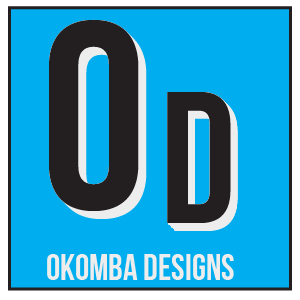As we may now notice, having an online presence is essential. In times like today, normal communication skills are masked by online platforms. Even if you are a good verbal communicator and excel in the face to face interactions, an online presence can give you versatility and help you reach a larger audience. This can be beneficial in the job race, networking, or overall a way to showcase your skillset.
Custom Code vs. WordPress
Whether you can code or not, having a website to showcase your skills and projects doesn’t have to be a time-consuming task. If you have coding skills, I recommend you lay out your page in Html and CSS. With custom code, the possibilities are endless. If you have little to no experience coding websites I recommend using the website WordPress. WordPress is easy to learn for the use of making an online portfolio. Many hosting websites like GoDaddy and HostGator provide WordPress packages. They are affordable, and when running into issues, WordPress has its own forum for users to connect and resolve problems. You can find many tutorials on google or youtube regarding WordPress and any problems you may encounter.
Design
Unless you are aiming to land a web-development or UX job, there is no reason to have a complicated design. Even if you are not the most artistic person, you should sketch a layout. Simple boxes, shapes, and headings can help you begin to get a feel for visual elements on your website. This is not something that can be done in one sitting. You may find yourself altering your sketches over and over again. Don’t get discouraged; this is normal. If you are having trouble, you can resort to Html/CSS or WordPress templates. There are thousands of templates that are customizable and take a lot of time and headache out of the design process. Once you get your layout, you can add colors to your design. I recommend using 2-3 colors along with black and white. I find this to be the most aesthetically pleasing and clean. If you need inspiration on color, visit coolors.com, here you can generate color combinations and get their exact color codes to use elsewhere.
Search Engine Optimization
After you have filled in your necessary information and projects you should begin to think about SEO. For example, if you are an interior designer and are looking for work, having your page on the internet isn’t enough. The number one step is to get your website registered with Google. You can do this by getting your site registered with Google Analytics and Google Search Console. Next, you want to make sure you have content on your pages related to your profession or focus. For an interior designer, you may want keywords like interior design, home interior, new homeowner, modern design, home decor, etc. It is important to use relevant keywords so that when someone is searching the web, your website URL shows up in their searches. This is an effective way to gain traffic to your website.
There are many other routes to take when creating an online portfolio. Although, with these tips, you should be moving in the right direction. Don’t be discouraged if you have a lack of experience with websites because there are many aids available. Get started and make employers, friends, and colleagues view you as more professional with your online presence.
